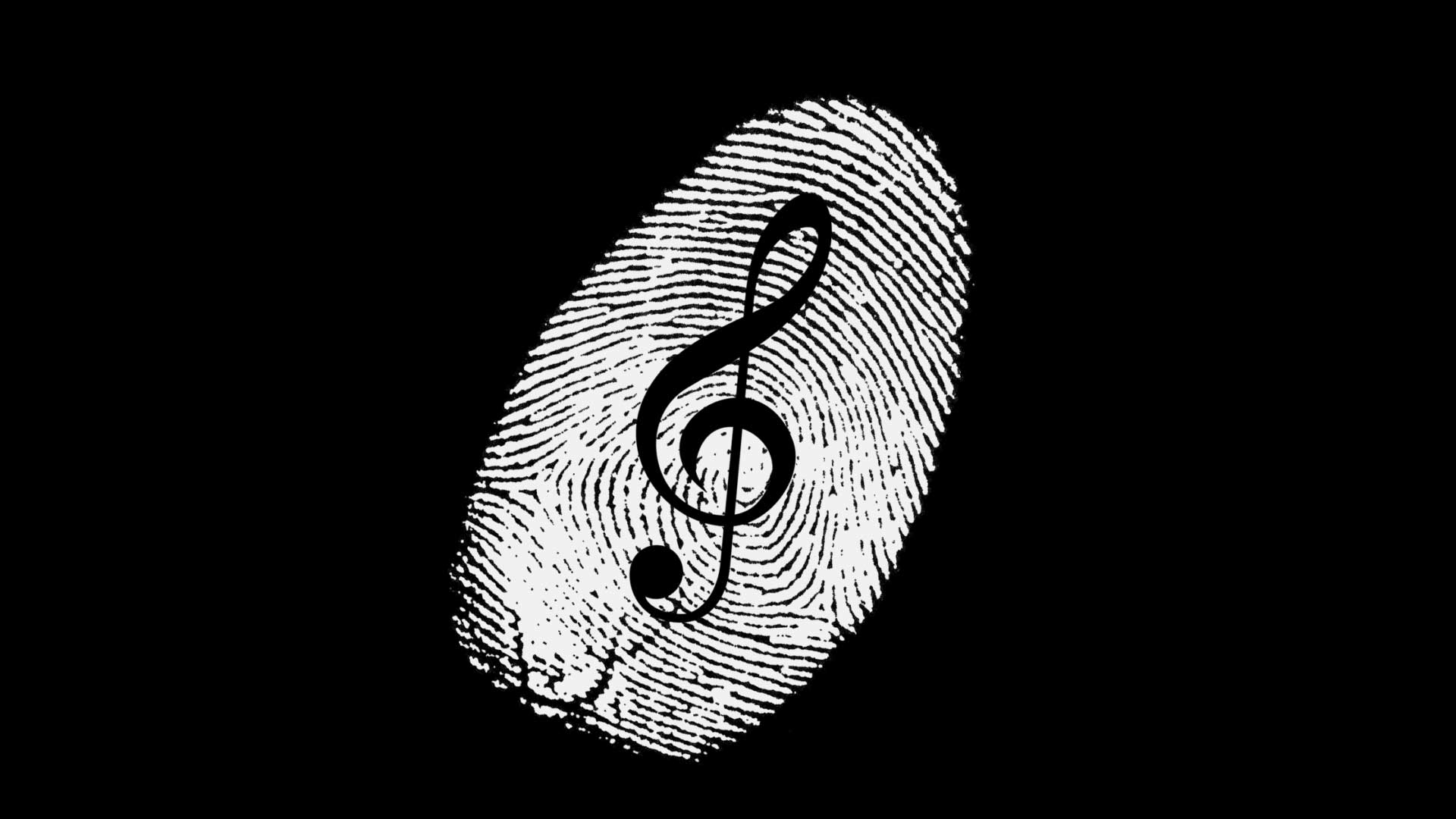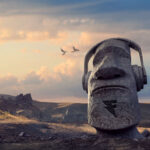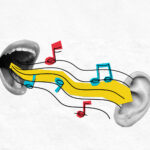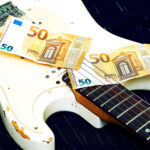Do you have a sonic signature? Unfortunately, most brands today don’t. Or, if they do, it’s limited, such as a jingle for radio ads or TV commercials. While there is no question that a logo or colour scheme is essential to a brand, audio branding is often overlooked.
Some brands have developed strong associations with their sonic brand. Among them is United Airlines, which has played George Gershwin’s Rhapsody in Blue since 1980. The iconic piece has been arranged in television commercials to relate to the advertised destinations or other themes. At O’Hare airport, they even play in a psychedelic tunnel connecting their terminals. Decades of repetition have created a memorable association.
Sonic Signature. Signatures of sound
It is often used as a confirmation when a few notes are repeated similarly. In addition, you hear sonic signatures when you turn on your computer or phone or when Alexa carries out your commands. Some of these sonic signatures are highly intentional and relate to other elements of the brand.
It is possible that these short sound elements were developed purely for functional purposes. The two-note Alexa confirmation does not seem to evoke brand recognition.
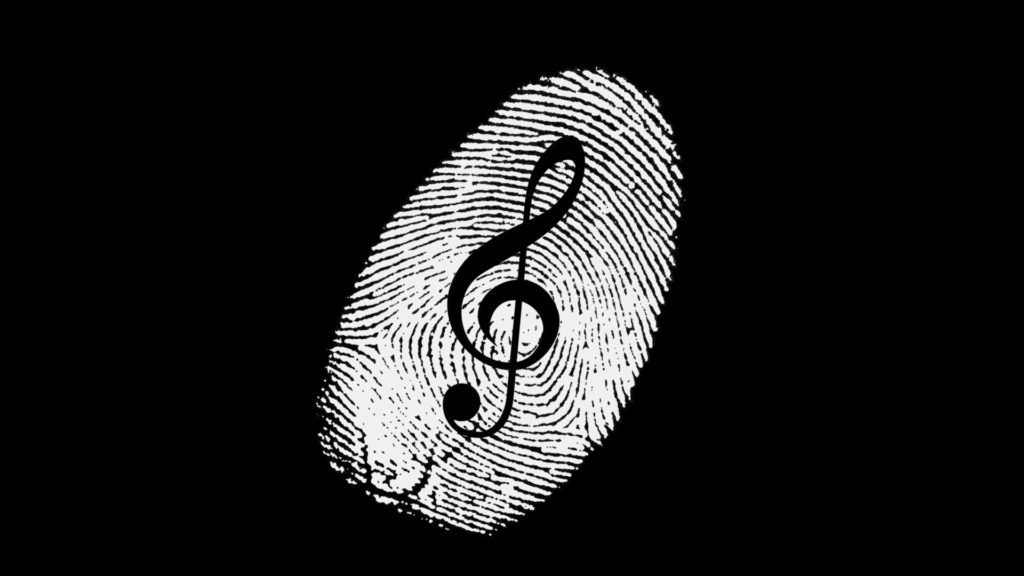
Impact of smart speakers
A significant change is taking place today that makes developing a sonic brand more important than ever: smart speakers like Amazon’s Echo and Google Nest.
Raja Rajamannar, Mastercard CMO, estimates that 25% of U.S. households already have smart speakers. In addition, these devices are increasingly used for shopping. As a result, approximately four times more smart speakers will be shipped in 2025 than in 2019.
Amazon, the market leader in smart speakers, has an obvious interest in encouraging shopping behaviour on its devices. Similarly to how Amazon has simplified online shopping to a one-click purchase, we can expect them to streamline voice purchases.
A highly developed and easily recognized visual identity does not give a brand an advantage when interacting with a smart speaker. On the other hand, a brand’s sonic identity is crucial for audio-only interactions.
Ubiquitous Sonic Branding
The sonic brand effort cannot be limited to smart speaker interactions, according to Rajamannar. These are too small to establish an association with the overall brand.
He says that sonic branding must be integrated into every possible touchpoint with consumers. For example, Mastercard’s sonic branding begins with a “comprehensive sound architecture,” which includes a full melody in multiple versions for different cultures and purposes and even a five-note “acceptance” sonic signature.
Sonic branding can only be fully realized when the association between sound and brand is automatic and unconscious.
With most B2B and B2C organizations using virtually the same branding tools, they’re arguably seeing less advantage as a result of their efforts — if they’re realizing any advantage at all.
To gain advantage on this leveled playing field, there’s one powerful branding tool that has been generally overlooked — or perhaps undervalued — by most marketers: sound. (Sonic Branding)
With of our increasingly audio-enabled media environment, the strategic use of sound can play an important role in positively differentiating a product or service, enhancing recall, creating preference, building trust, and even increasing sales.
All You Need is Love, and a Subscription to Our Bi-Monthly Newsletter!


